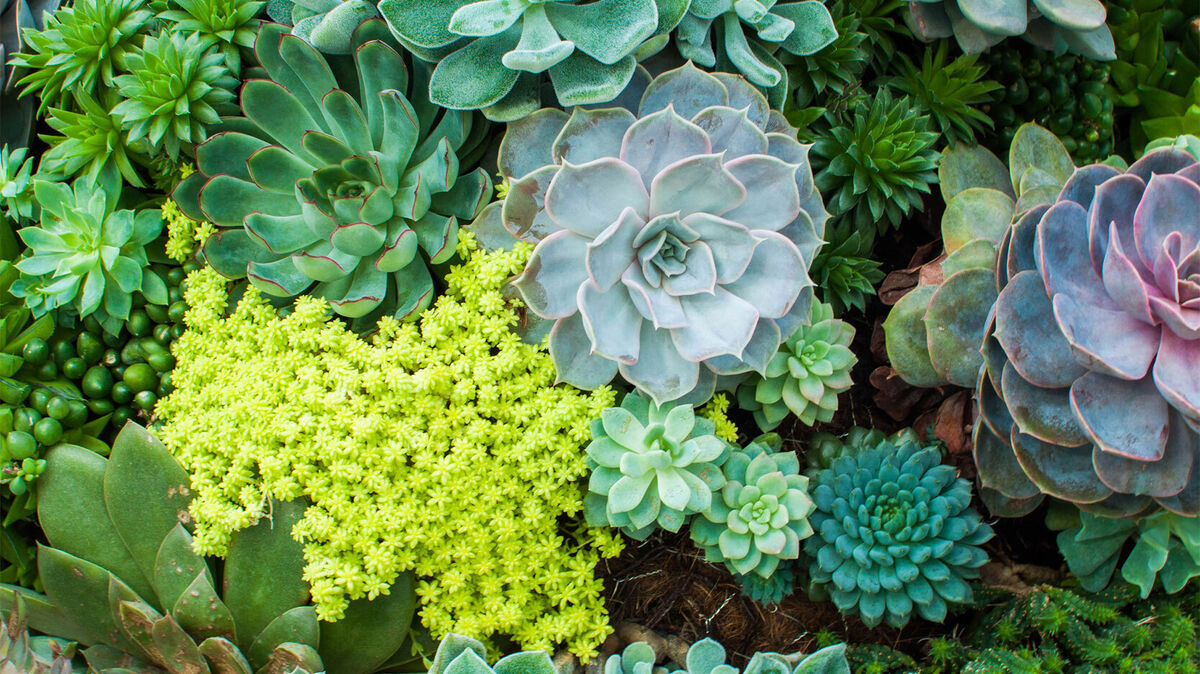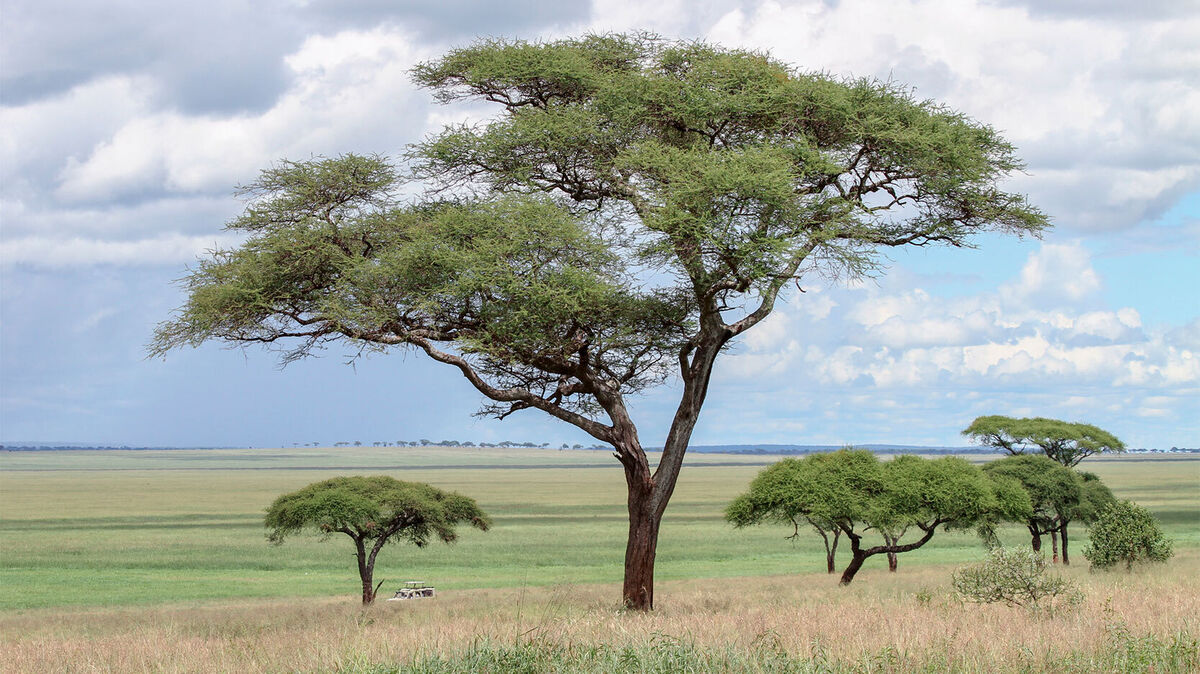
Xerophytes are plant species that have evolved to survive in dry regions. Xerophytes have adapted to be able to hold onto large amounts of water for a long period of time or limit water loss. Without these capabilities, the plants would die, as their arid environment does not provide enough water to sustain life. Keep reading for xerophytes examples all over the world.
What Is a Xerophyte?
Xerophyte is a Greek word that means "dry plant." They are the opposite of hydrophytes, which are plants that only grow completely or partly in the water. Xerophytes tend to share some of the following attributes:
- round, thick stems and tubers (easier to store water through transpiration)
- spines instead of leaves (spines lose less water and keep animals from eating the plant)
- elongated tap roots (for reaching deeper into the soil for groundwater)
- complex root systems (for extending farther away for water)
- reduced surface area (exposure to air can lead to water loss in evaporation)
There are examples of xerophytes in many different biomes, especially in deserts around the world where rain is scarce. Xerophytes fall into three main categories: succulents, non-succulent perennials and ephemerals.
Common Xerophytes: Examples of Succulents
When you think of the desert, you probably think of cacti. Cacti are one type of succulent — xerophytic plants that survive in arid environments by storing water in their stems, roots or leaves.

Common succulents around the world include:
- aeonium
- agave
- African Bonsai (Trichodiadema bulbosum)
- American cactus (Cactaceae)
- Barbary fig (Opuntia ficus-indica)
- barrel cactus (Echinocactus grusonii)
- Cissus tuberosa
- chalk lettuce/chalk liveforever/chalk Dudleya (Dudleya pulverulenta)
- elephant's foot (Adenia glauca)
- Mexican boulder plant (Calibanus hookerii)
- poinsettia (Euphorbia pulcherrima)
- prickly pear (Opuntia)
- Raphionacme (Raphionacme flanaganii)
- red Monadenium (Monadenium rubellum)
- red pencil tree (Euphorbia tirucalli)
- widow's thrill/flaming Katy (Kalanchoe blossfeldiana)
Common Xerophytes: Examples of Non-Succulent Perennials
Like succulents, non-succulent perennials survive for multiple growing seasons. Unlike succulents, these "actual xerophytes" use root growth and elongated root systems to get more water from the soil rather than storing water in their stems and leaves.

Examples of non-succulent perennials include:
- acacia tree
- Antarctic hair grass (Deschampsia antarctica)
- Arctic willow (Salix arctica)
- Boojum tree (Fouquieria columnaris)
- California buckwheat (Eriogonum fasciculatum)
- common yucca/Adam's needle (Yucca filamentosa)
- esparto grass (Stipa tenacissima)
- Joshua trees (Yucca brevifolia)
- laurel sumac (Malosma laurina)
- mesquite plant (Prosopis shrubs)
- oleander (Nerium oleander)
- pine tree (Pinus sylvestris)
- tea plant (Camellia sinensis)
- torchwood copal (Bursera fagaroides)
- Welwitschia (Welwitschia mirabilis)
Common Xerophytes: Examples of Ephemerals
Have you ever wondered why springtime in the desert and chaparral biomes is full of blooming wildflowers? They're known as ephemerals — xerophytes that have a very short maturation and germination period (around two months). Just a small amount of rainfall is all these flowers need to bloom and reproduce for their entire lifetime.

Desert ephemerals include wildflowers and weeds, such as:
- California poppy (Eschscholzia californica)
- chia (Salvia columbariae)
- dandelion (Taraxacum officinale)
- desert bluebells (Phacelia campanularia)
- desert lavender (Hyptis emoryi)
- desert lupine (Lupinus sparsiflorus)
- desert star (Monoptilon bellioides)
- manybristle cinchweed (Pectis papposa)
- Mojave aster (Xylorhiza tortifolia)
- monkeyflowers (Mimulus ringens)
- San Diego Mesa mint (Pogogyne abramsii)
- sand verbena (Abronia ammophila)
- spectacle pod (Dimorphocarpa wislizeni)
- thale cress (Arabidopsis thaliana)
- yellow alyssum (Alyssum alyssoides)
Where Xerophytes Grow
Xerophytes live in areas with very little water in the soil and low amounts of rainfall. While they are commonly found in deserts, xerophytic plants may also grow in salt marshes, frozen land masses like the Arctic and Antarctic, or tropical forests.
Desert regions where you can find xerophytes include:
- Arabian Desert, Western Asia
- Atacama Desert, South America
- Bardenas Reales, Spain
- Blue Desert, Egypt
- Chihuahuan Desert, North America
- Cholistan Desert, Pakistan
- Dasht-e Lut, Iran
- Deliblatska Pescara, Serbia
- Dungeness Beach, England
- Gobi Desert, Mongolia
- Kalahari Desert, Southern Africa
- Lop Desert, China
- Maranjab Desert, Iran
- Mojave Desert, North America
- Negev, Israel
- Oleshky Sands, Ukraine
- Ordos Desert, Mongolia
- Patagonian Desert, South America
- Rub' al Khali, Saudi Arabia
- Sahara Desert, Northern Africa
- Sechura Desert, Peru
- Taklamakan Desert, China
- Tanami Desert, Australia
- Thal Desert, Pakistan
- Wahiba Sands, Oman
Xerophyte Adaptations Are Cool
The next time you're in a hot, dry environment, take a look around you. The plant life around you is probably thriving without water — even though it may not look like it! If you're interested in other ways plants have evolved for survival, take a look at some examples of plant adaptations in different environments.